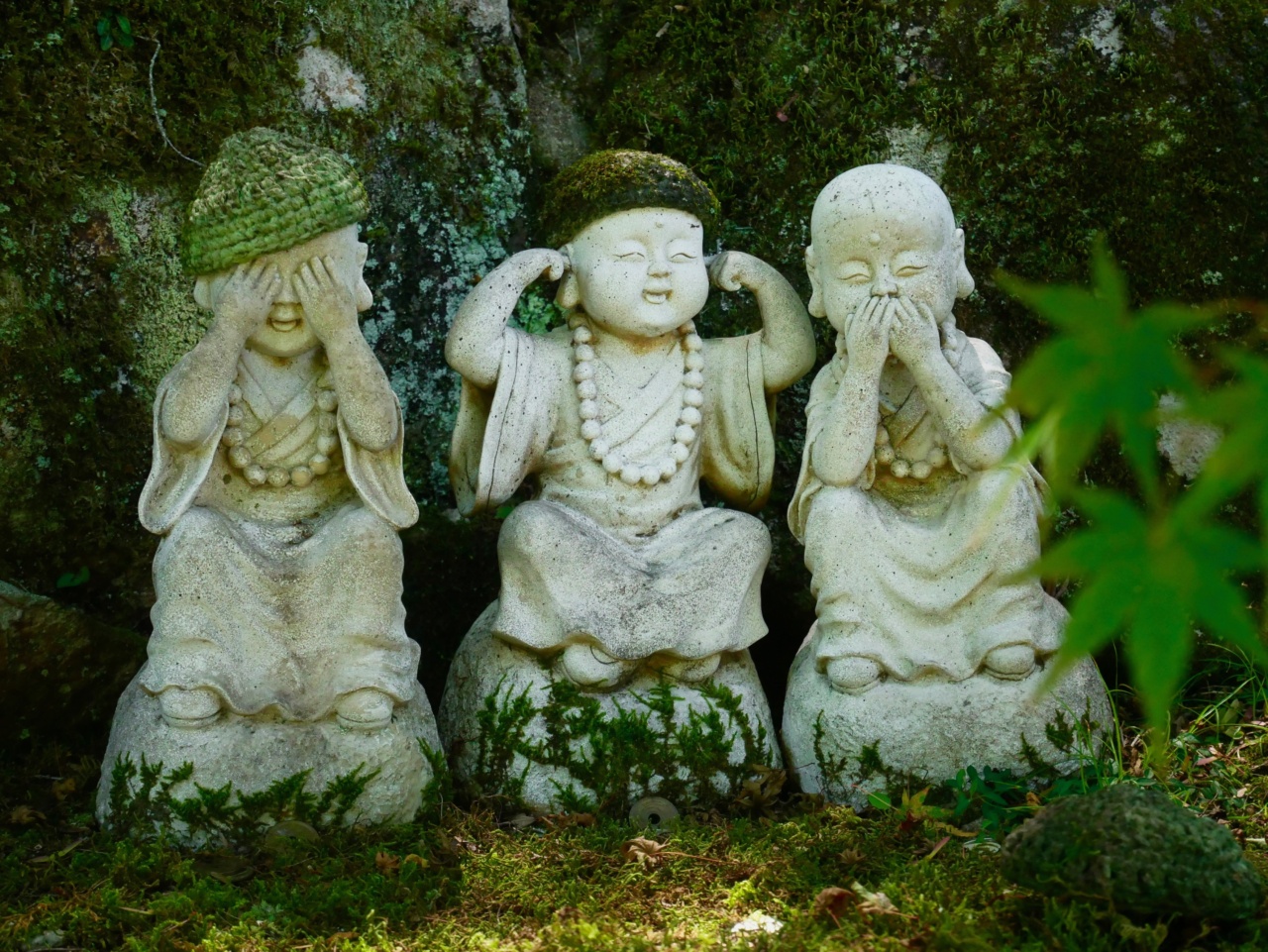The bile duct is an essential part of the digestive system that helps transport bile from the liver to the small intestine. However, sometimes the bile duct can become obstructed by the presence of gallstones.
These stones can cause various symptoms and complications that require medical attention. In this article, we will discuss the signs of stones in the bile duct and the importance of prompt diagnosis and treatment.
1. Abdominal Pain
One of the most common signs of bile duct stones is severe abdominal pain. This pain typically occurs in the upper right side of the abdomen and may radiate to the back or right shoulder.
The pain can be intermittent or constant, and it may increase in intensity after eating a fatty meal. It often lasts for several hours and can be accompanied by bloating or nausea.
2. Jaundice
Bile duct stones can lead to the development of jaundice, which is characterized by the yellowing of the skin and the whites of the eyes. This happens when the stones obstruct the flow of bile, causing a buildup of bilirubin in the body.
Jaundice is usually accompanied by dark-colored urine and pale stools.
3. Fever and Chills
When the bile duct becomes blocked by stones, it can lead to infection. This can cause symptoms such as fever and chills.
If you notice an unexplained fever along with other signs mentioned in this article, it is crucial to seek medical attention as soon as possible.
4. Itchy Skin
Bile duct stones can also cause itching, medically known as pruritus. This occurs due to the accumulation of bile salts in the body, which can irritate the skin. Itching is often more noticeable in the hands and feet and may worsen at night.
5. Digestive Issues
Stones in the bile duct can disrupt the normal flow of bile, leading to digestive problems. Some individuals may experience indigestion, bloating, and frequent burping. Others may develop fatty stools and have difficulty digesting fatty foods.
If you notice persistent digestive issues, it is essential to consult a healthcare professional for further evaluation.
6. Back Pain
In some cases, stones in the bile duct can cause referred pain in the back. The pain may be dull or sharp and may worsen with movement.
It is important not to ignore back pain, especially if accompanied by other symptoms mentioned in this article, as it may indicate a serious underlying condition.
7. Unexplained Weight Loss
If you unexpectedly lose weight without making any changes to your diet or exercise routine, it could be a sign of stones in the bile duct.
The obstruction caused by the stones can interfere with the body’s ability to absorb nutrients properly, leading to weight loss.
8. Light-Colored Stools
Stones blocking the bile duct can result in pale or clay-colored stools. This occurs because the bile, which gives stool its characteristic brown color, is unable to reach the intestines.
Light-colored stools, accompanied by other symptoms, should not be ignored and warrant medical evaluation.
9. Dark Urine
When bilirubin, a yellowish pigment found in bile, cannot be properly excreted due to blocked bile ducts, it can lead to dark-colored urine.
If your urine appears darker than usual and persists for more than a day or two, it is important to consult a healthcare professional.
10. Nausea and Vomiting
Bile duct stones can cause nausea and vomiting, particularly after meals. The blockage in the bile duct disrupts the normal digestive process, leading to feelings of queasiness or an urge to vomit.
It is important to note that these signs and symptoms may vary from person to person, and not everyone with bile duct stones will experience all of them.
Additionally, some individuals may not experience any noticeable symptoms until complications arise.
If you suspect you have stones in your bile duct, it is crucial to seek prompt medical attention.
A healthcare professional can perform a physical examination, review your symptoms, and order diagnostic tests, such as blood tests, ultrasound, or magnetic resonance cholangiopancreatography (MRCP), to confirm the presence of stones and determine the best course of treatment.































